The Finesse of Time, Hermès Horloger, Watches and Wonders 2023, Geneva.

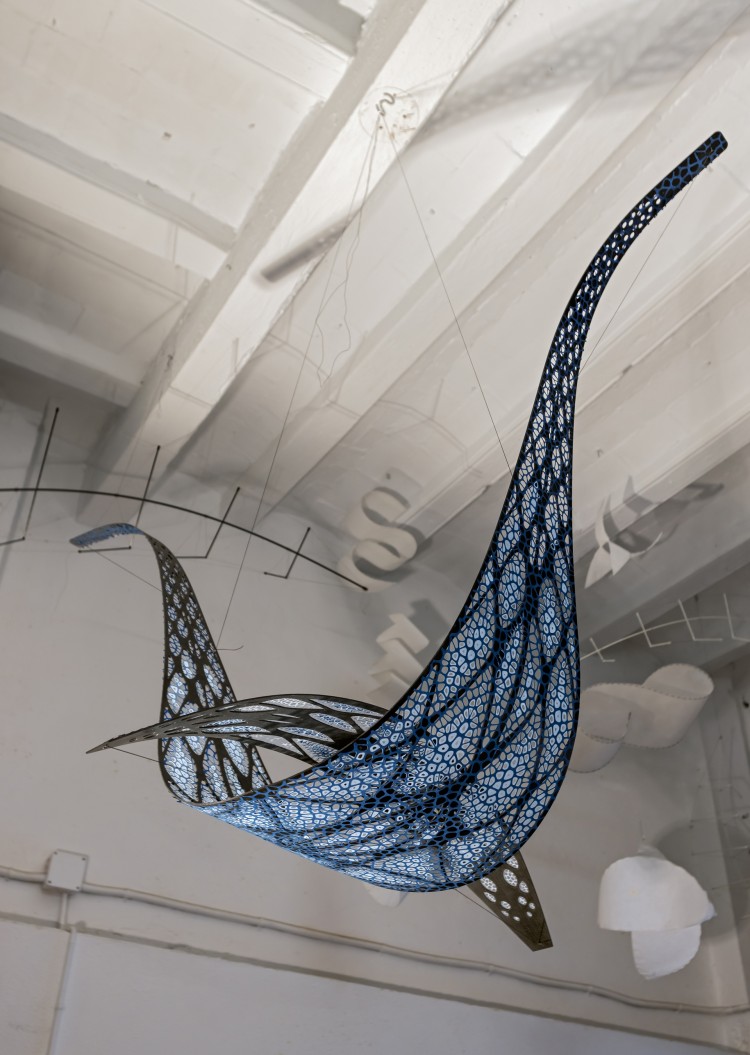
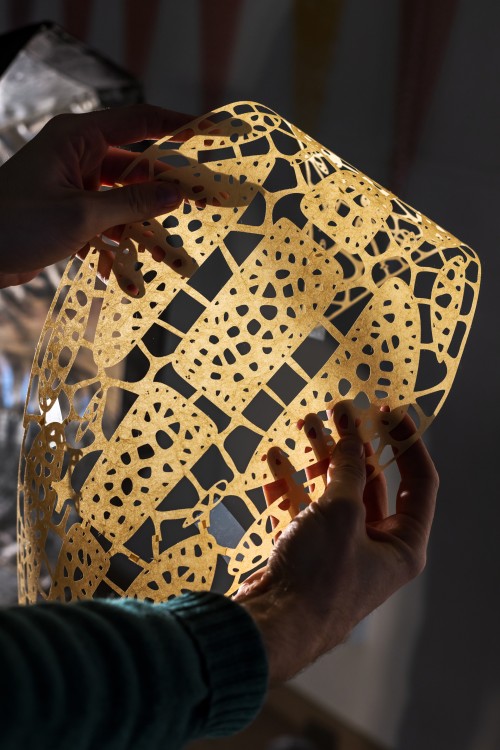
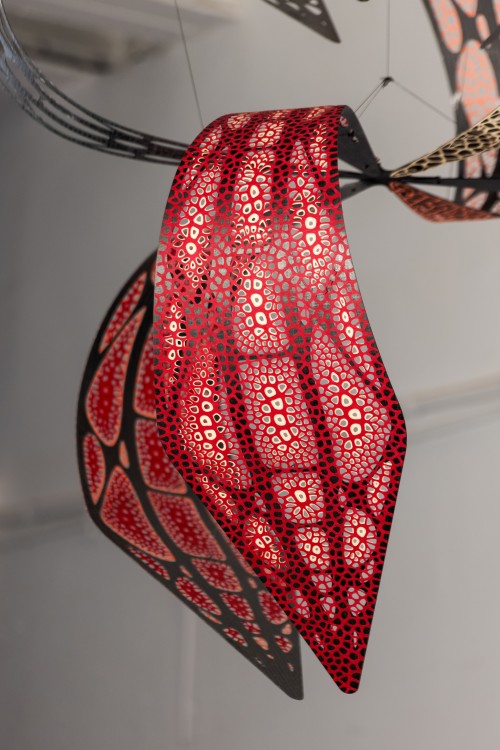

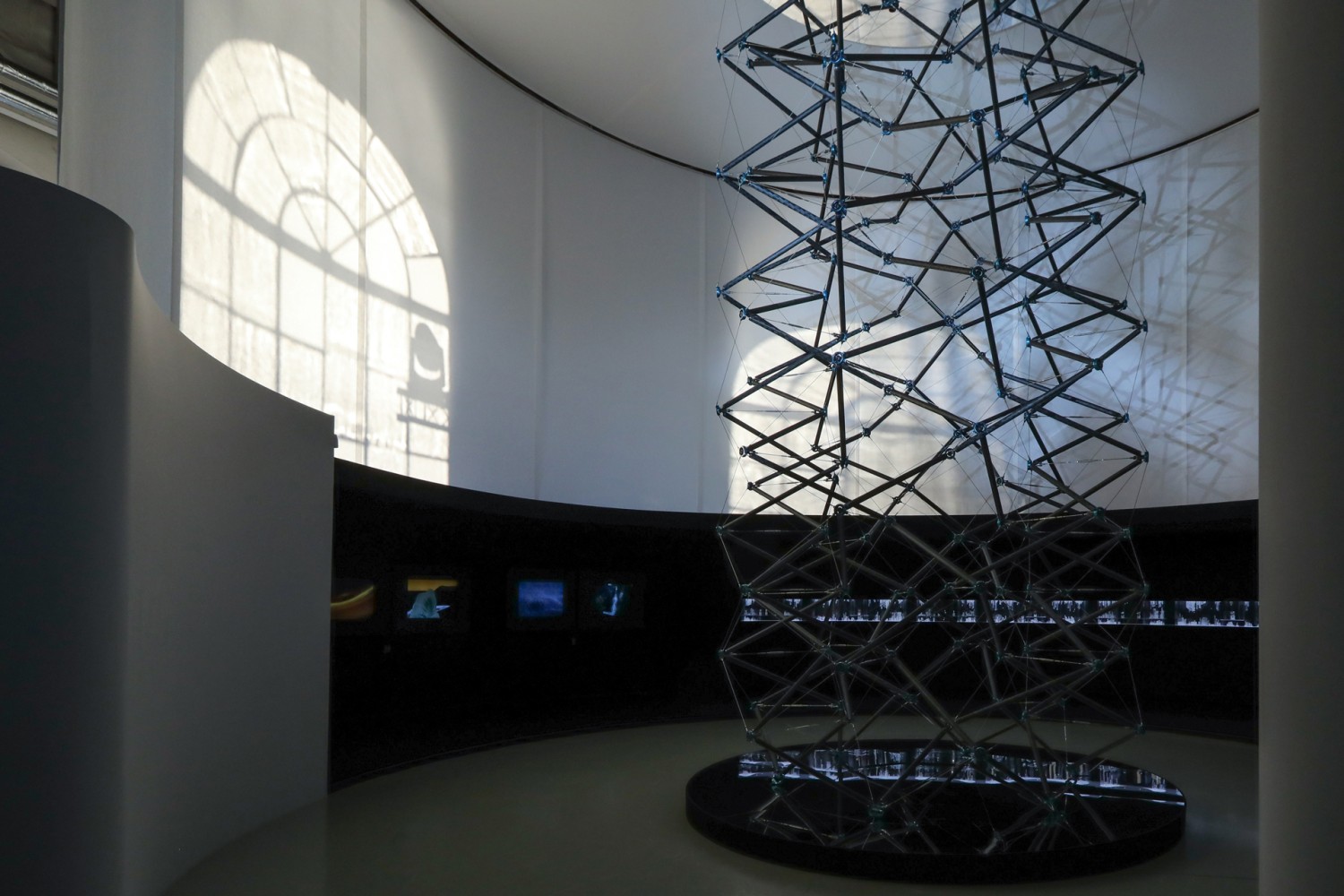
Hermès Salon The Texture of Time, Bâtiment des Forces Motrices, Geneva 2021.
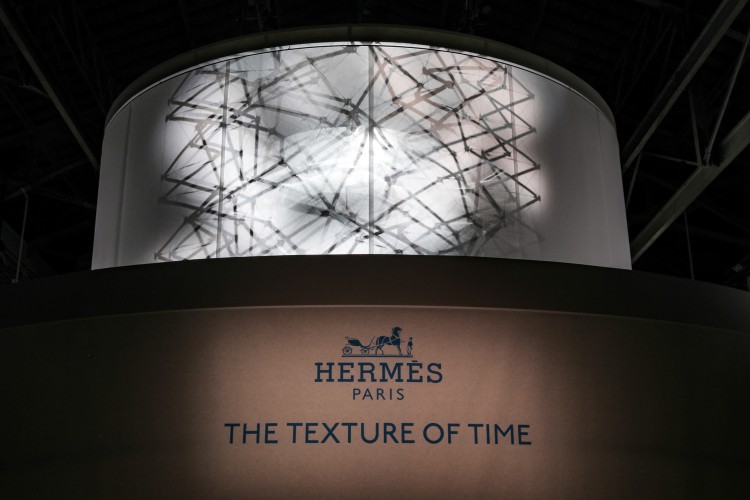
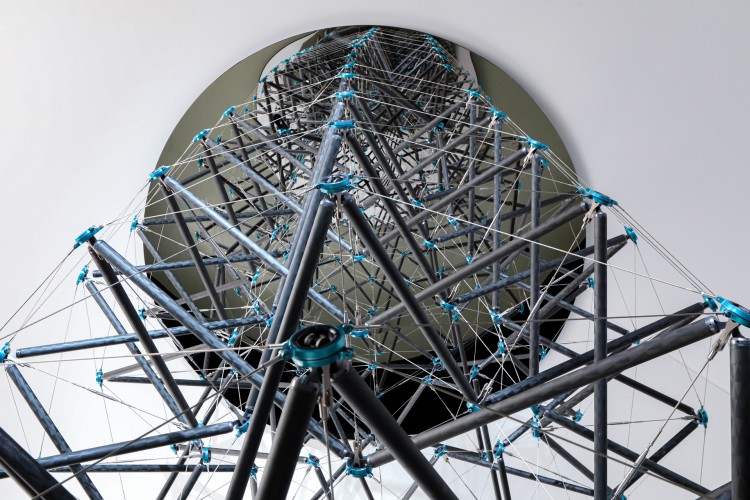
Hermès Salon The Texture of Time, Bâtiment des Forces Motrices, Geneva 2021.
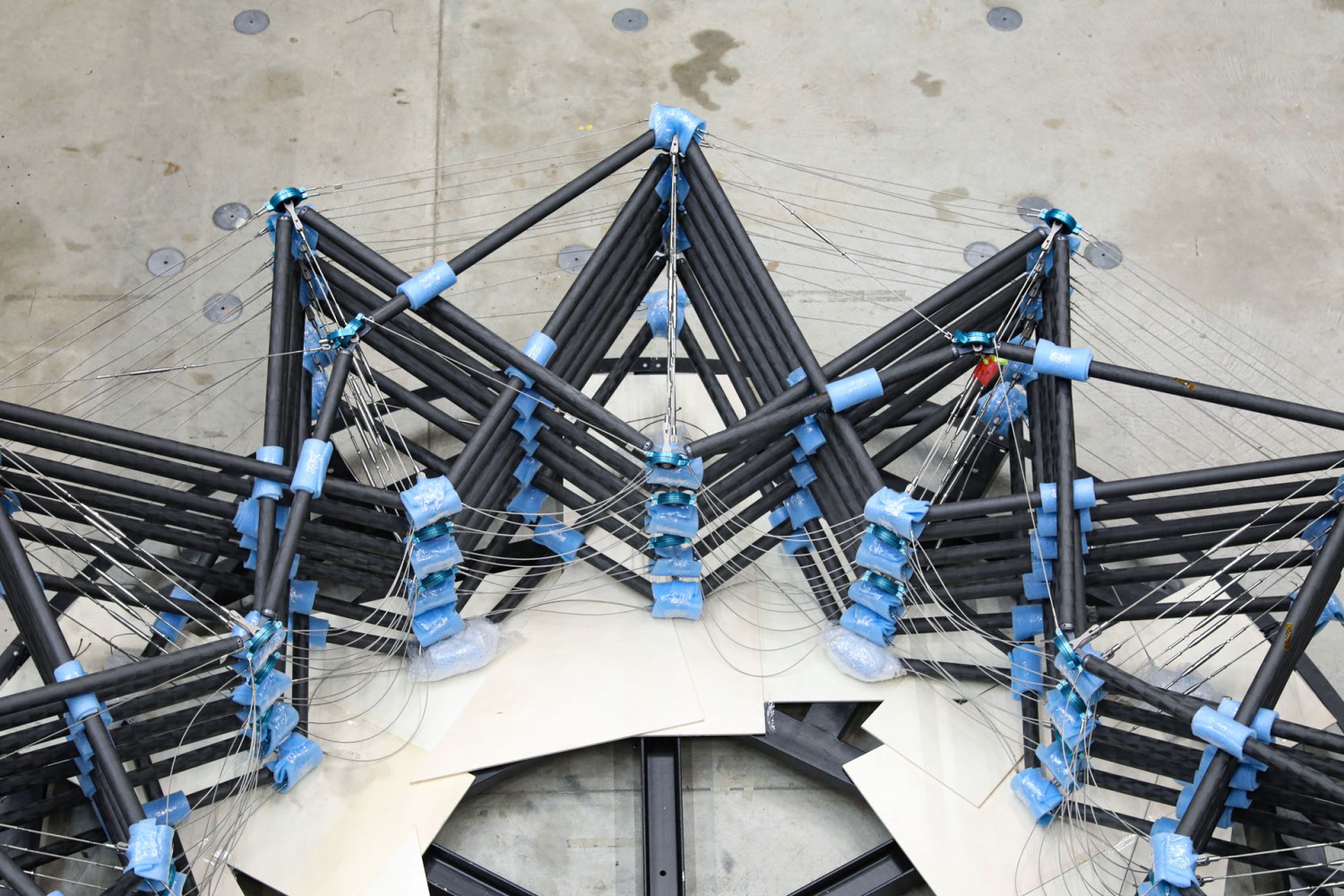
Assembly of the structure in the EPFL workshops in Lausanne
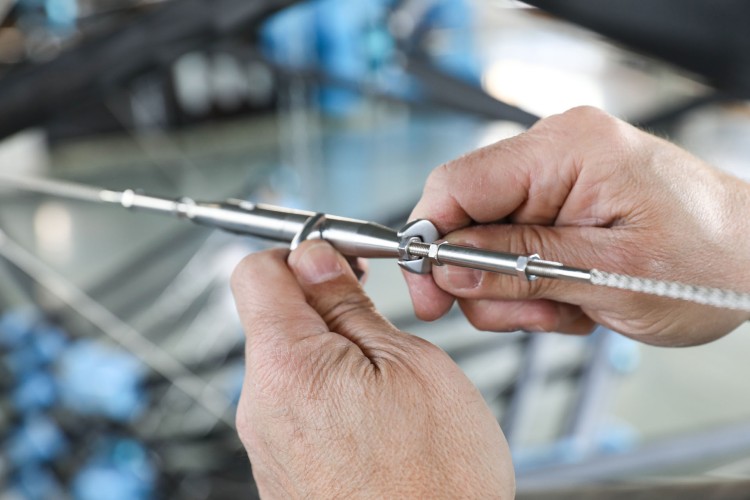
The rigidity within the structure is achieved by tensioning certain cables.
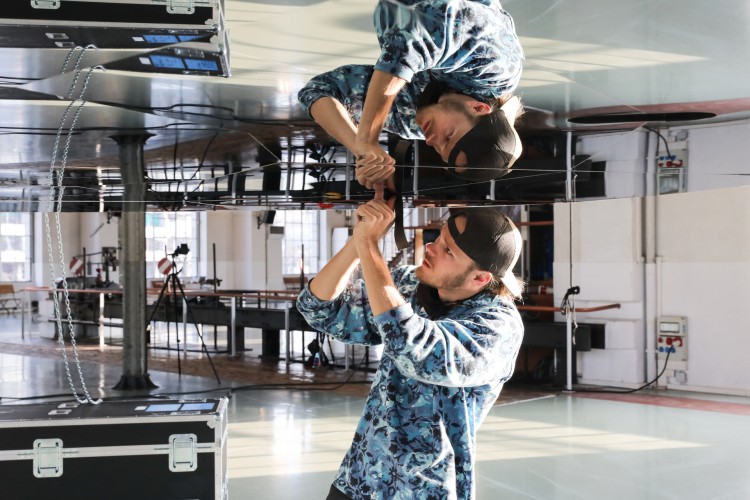
Montage de la structure dans les ateliers de l’EPFL à Lausanne
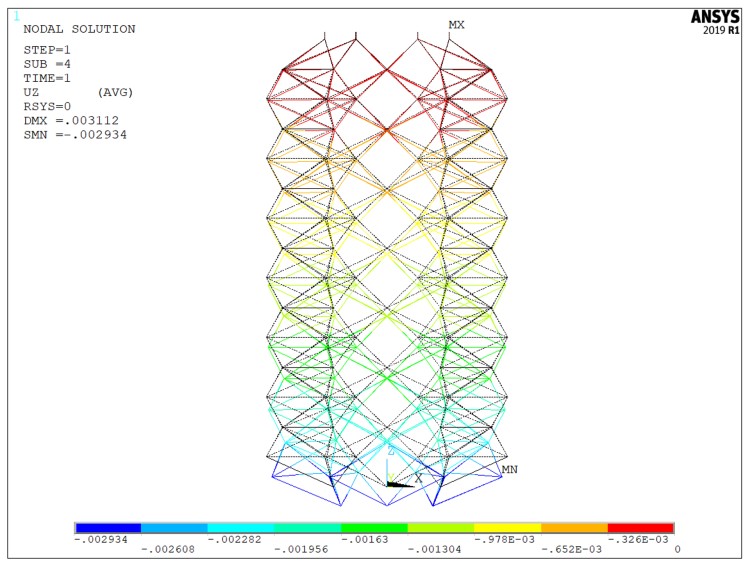
Diagram of the sizing complex for engineer Landolf Rhode-Barbarigos’ structure, a
specialist in tensegrity structures.
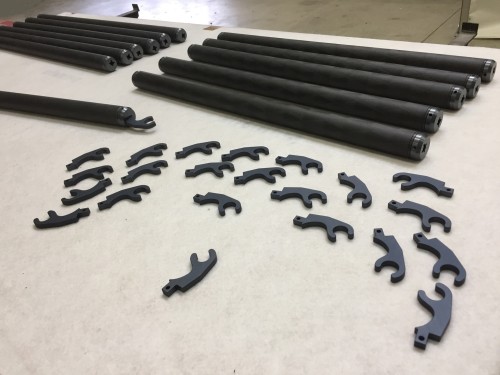
Milling in high-strength aluminium for an excellent strength-to-weight ratio, followed by
anodising for the bluish colour.
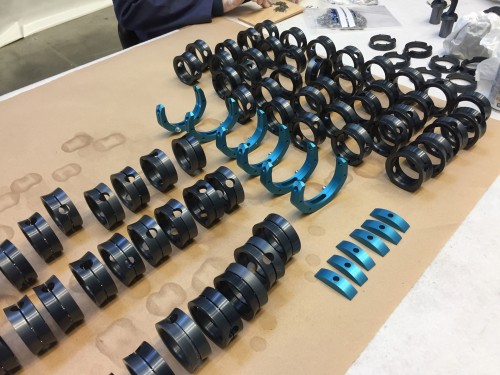

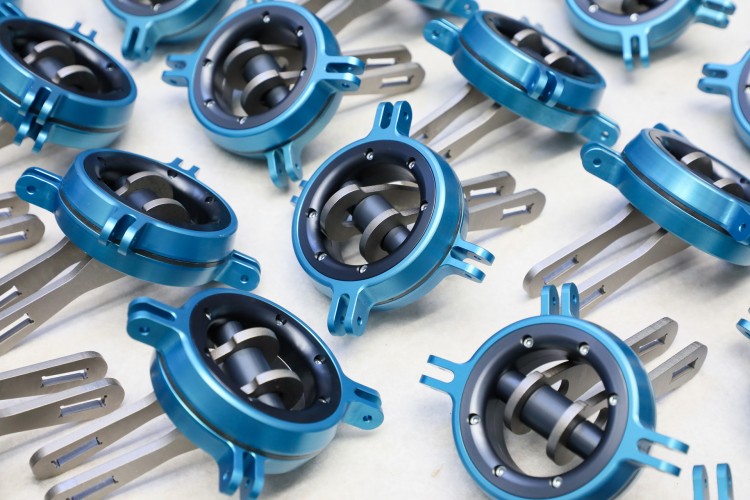
The joint is the keystone of the entire structure. More than 200 of these knots articulate 5
tension cables and two compression tubes.
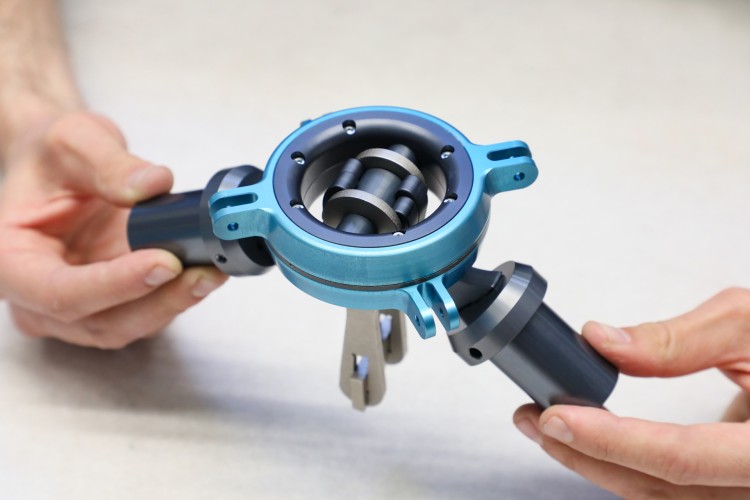
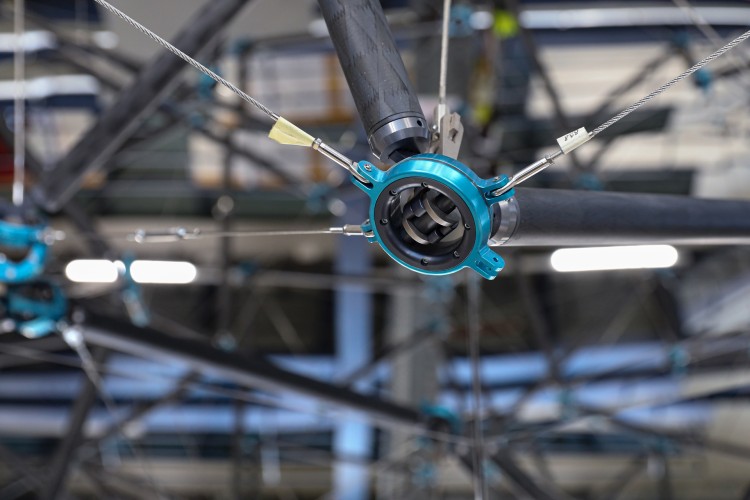
It is designed to accept deformations and angle
variations during deployment.
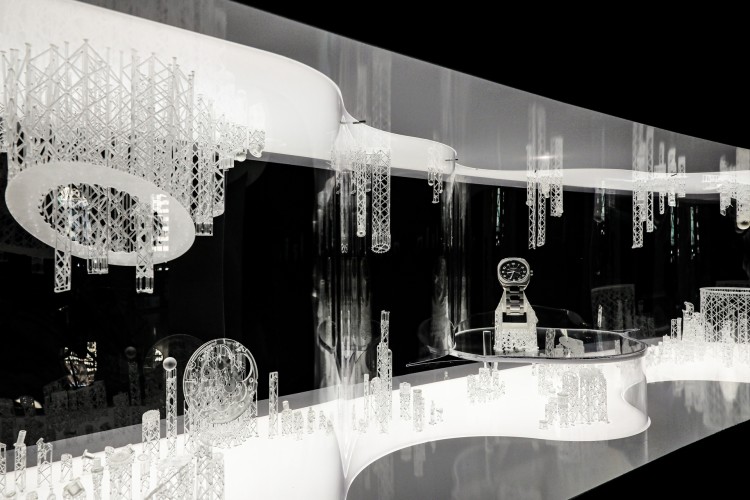
Curved plexiglass showcases composed of hundreds of 3D-printed resin
impressions in which watches are displayed.
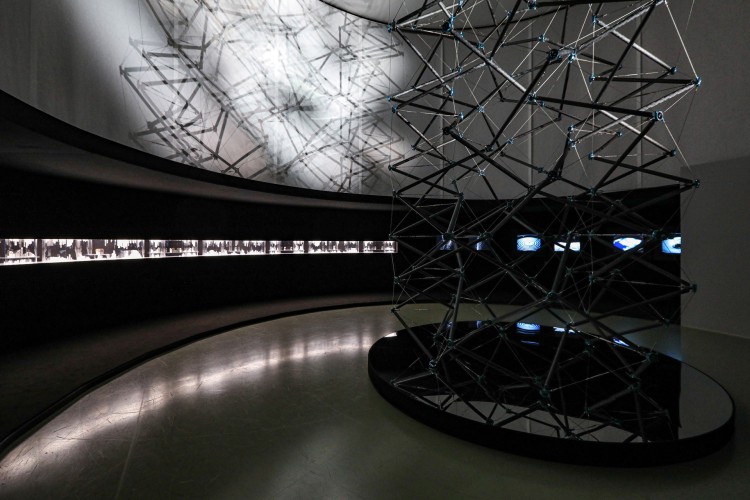
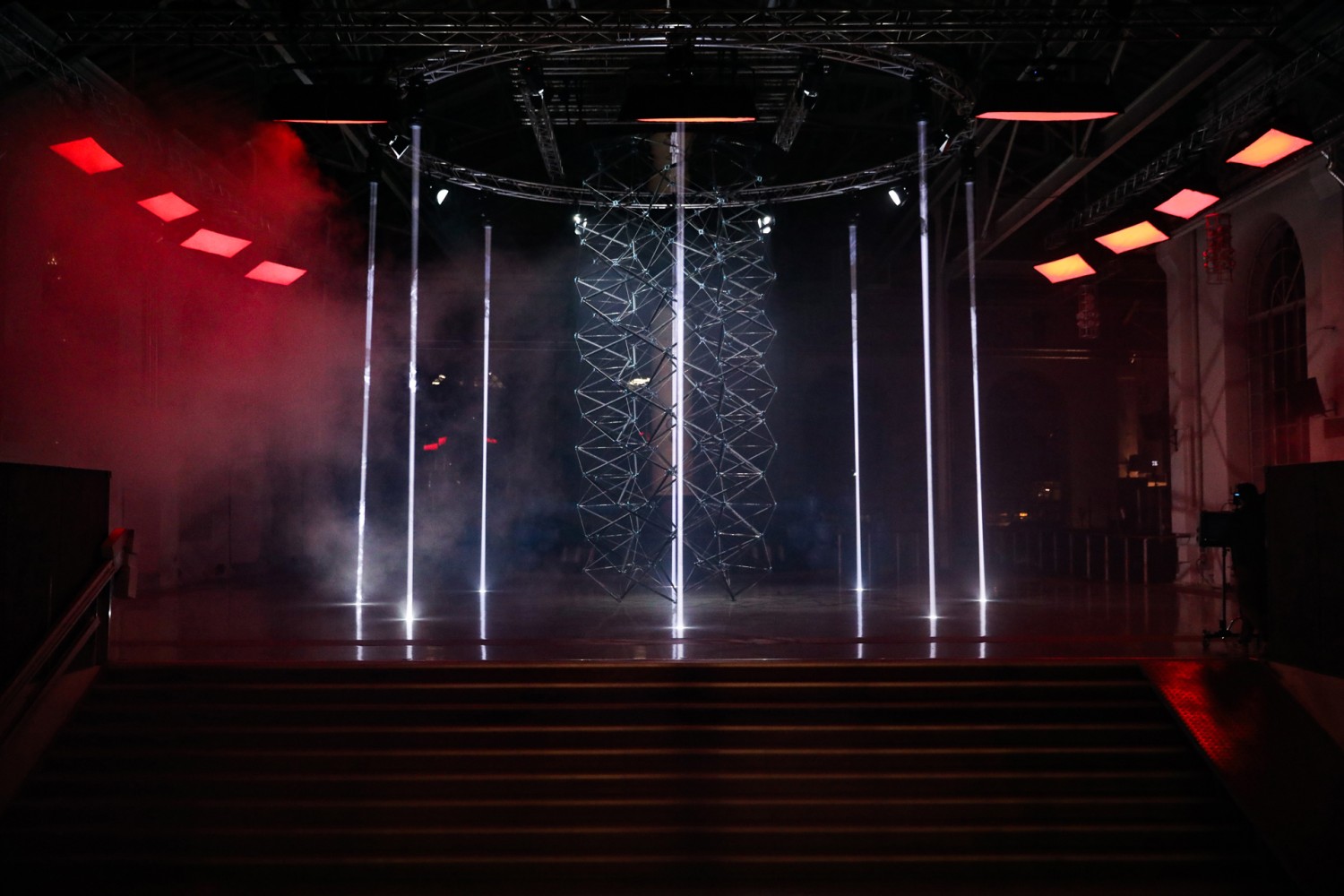
Filming of Pierre Pauze’s film The Texture of Time.
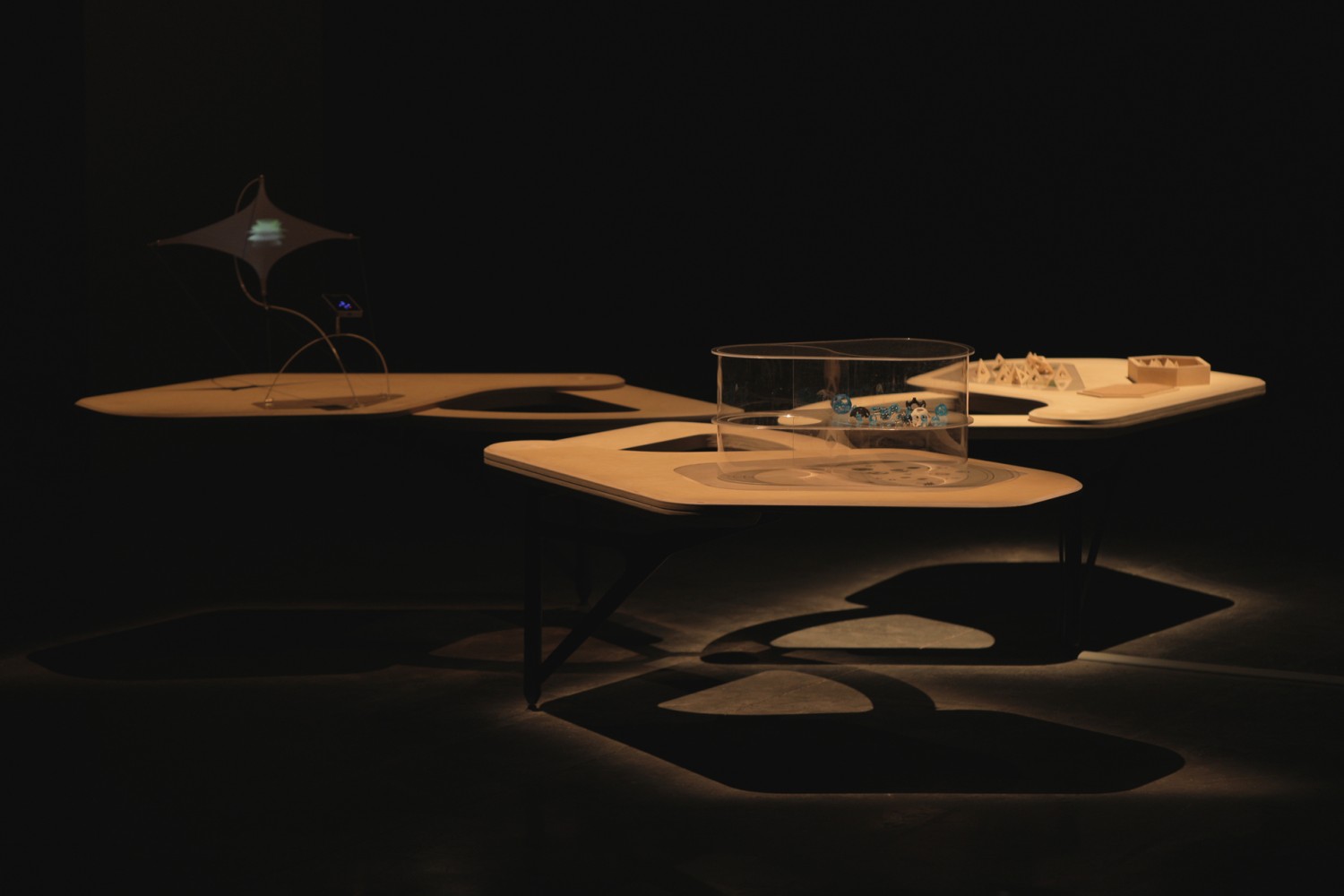
The arrangement with three semi-deployed wings, Panorama 21, Le Fresnoy, Studio
National des Arts Contemporains, 2019.
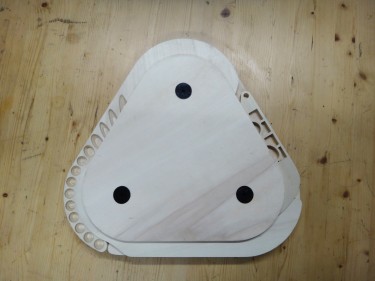
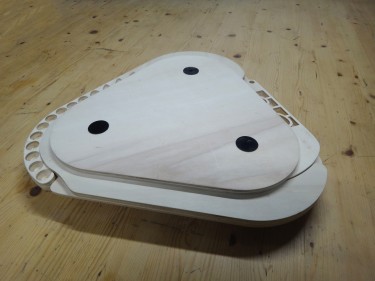
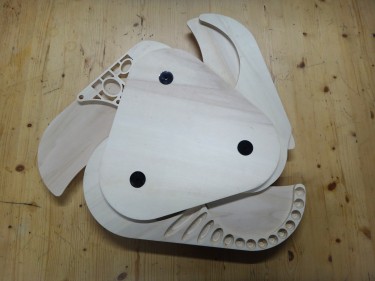
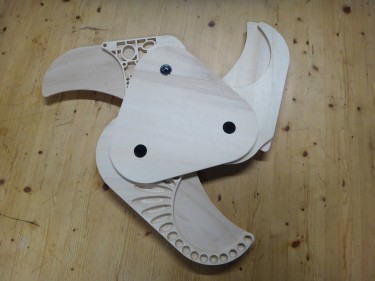
Stages of deployment of the Agencement prototype.
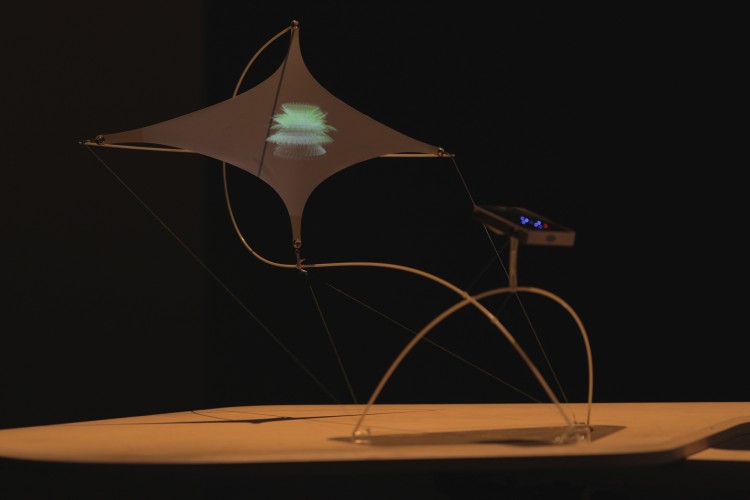
Tensegrity projection device where screen and projector are structurally and metaphorically linked.
Film of a rotation around a fern with the Kano system.
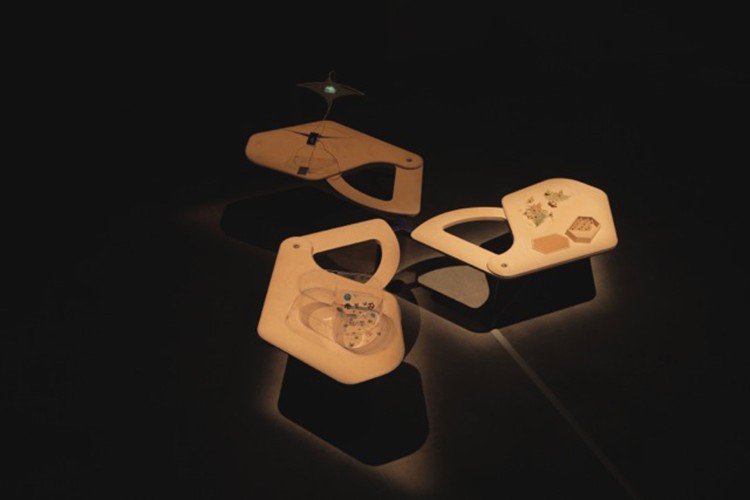
L’agencement aux trois ailes semi-déployées, Panorama 21, Le Fresnoy, Studio National des Arts Contemporains, 2019
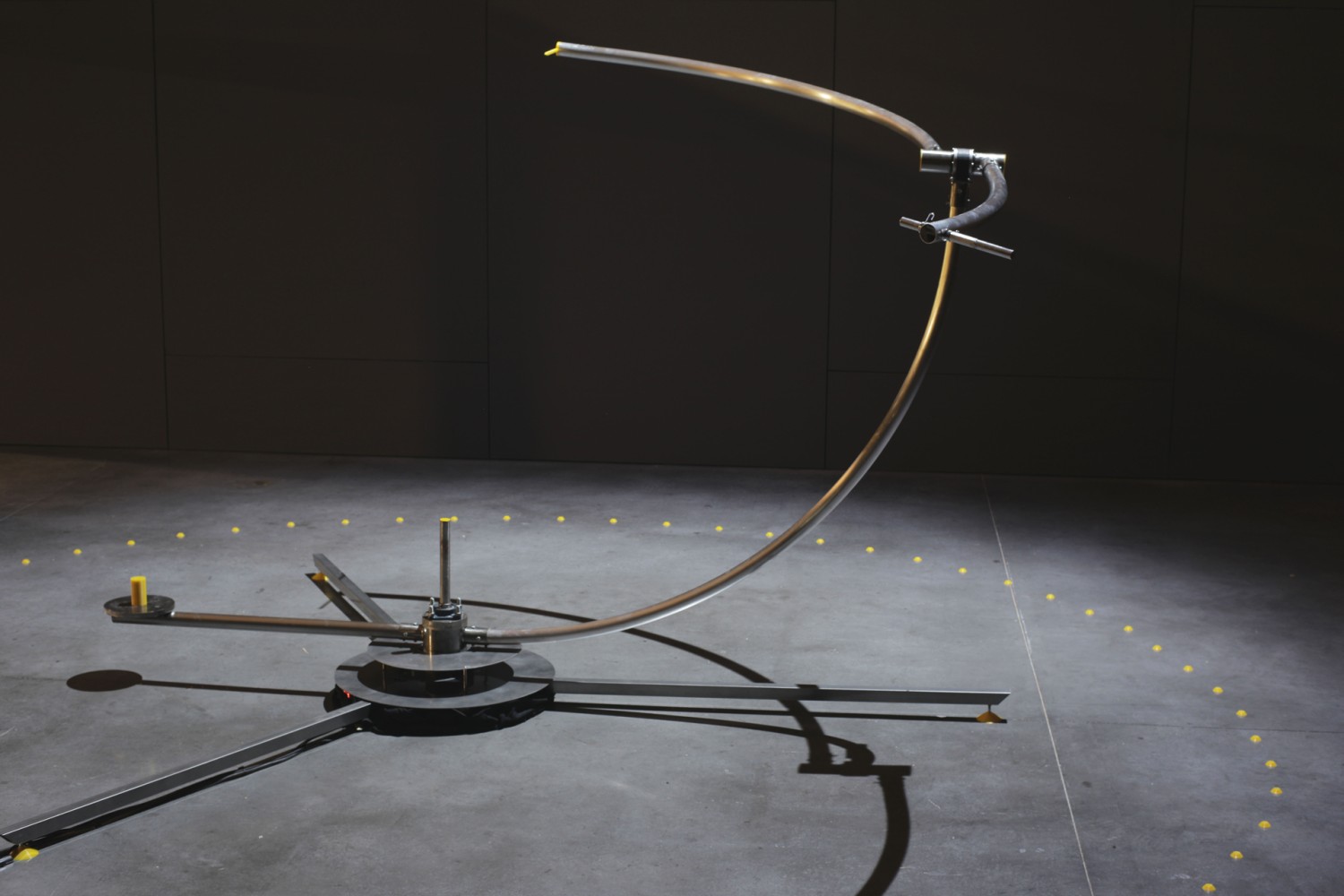
The sower (Kano System), Panorama 20, Le Fresnoy, Studio National des Arts Contemporains.
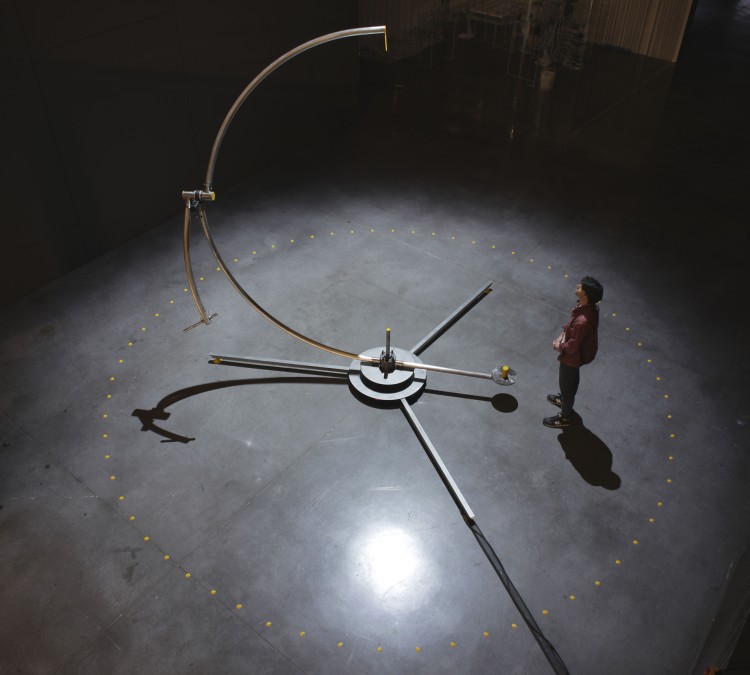
The sower (Kano System), Panorama 20, Le Fresnoy, Studio National des Arts Contemporains.
Qui sème sa muse, Panorama 20, Le Fresnoy, Studio National des Arts Contemporains
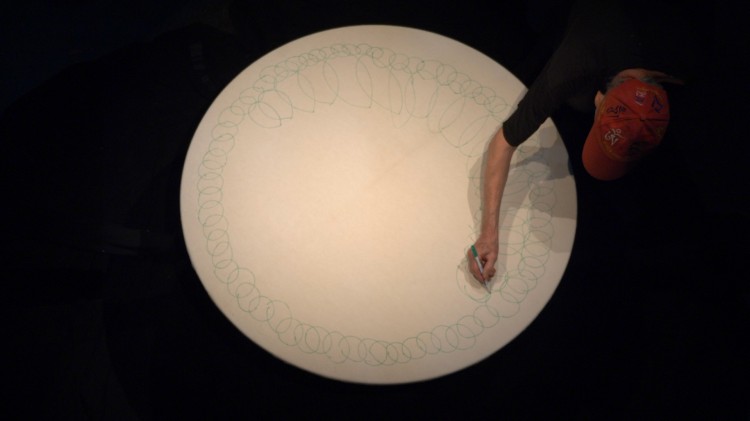
Diagrams of the Coyote (Michel Giroud)
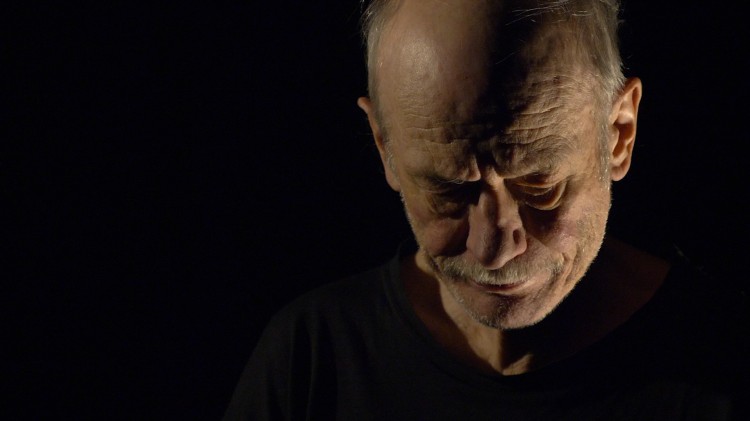
The Coyote (Michel Giroud), filming 5 Fragments of a spiral
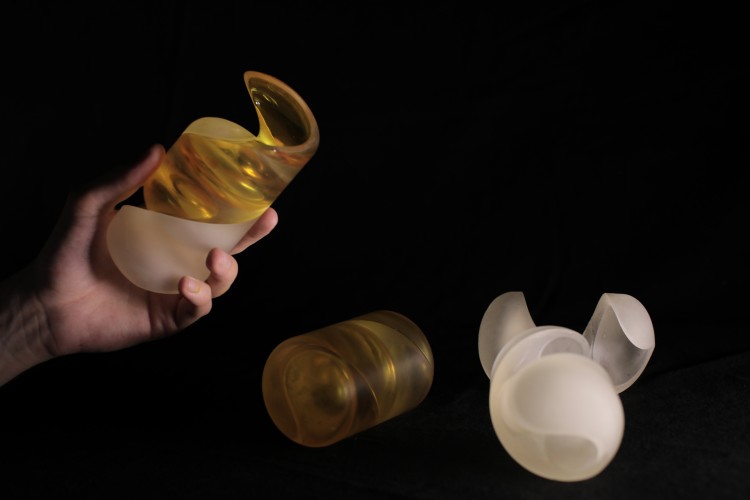
The helical seed (Monkor)
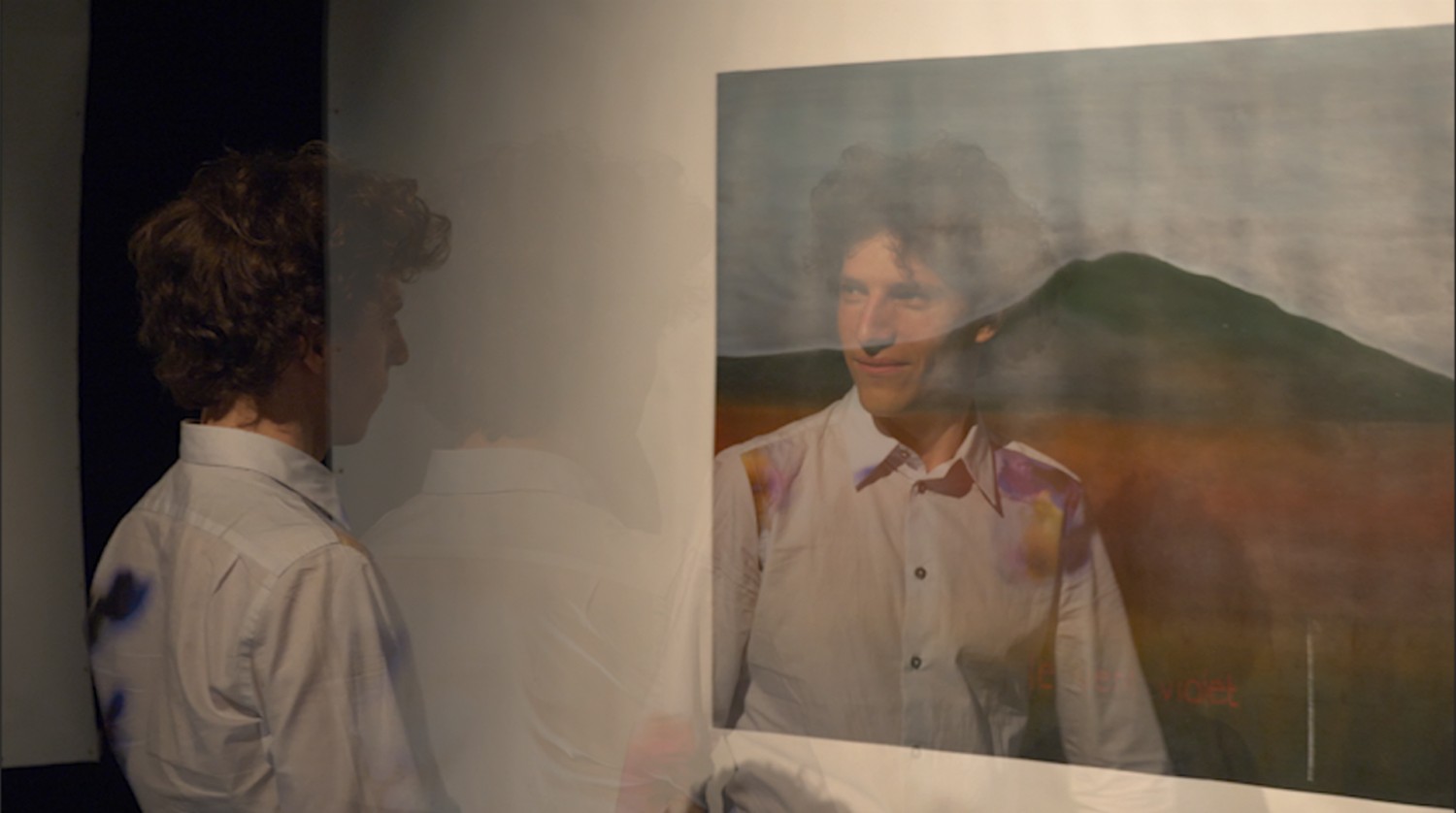
Paul Mignard in front of Le vent violet, filming 5 Fragments of a spiral
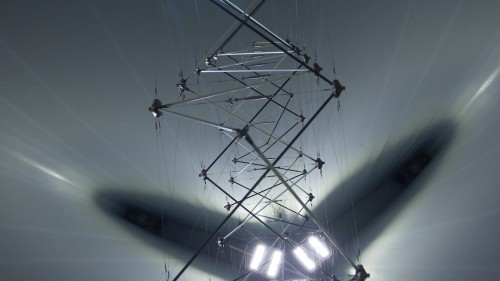
Tensegrity structure, Villa dei Cedri, 5 Fragments of a spiral
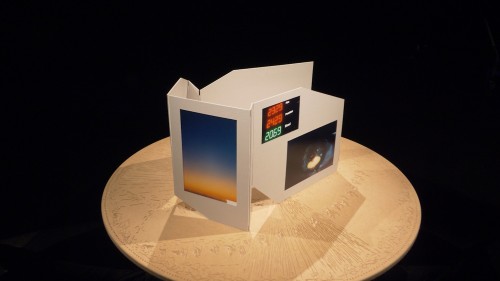
Brochure entitled Fossil Acceleration (Daniel Peñaranda Restrepo),
5 Fragments of a spiral
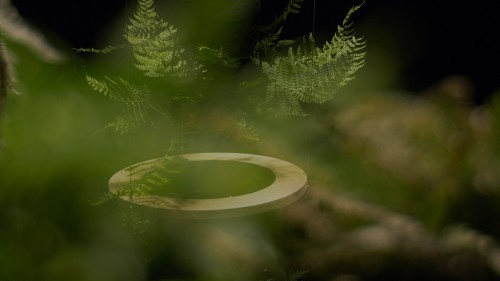
Fern garden (with the assistance of gardener Armand Joly), 5 Fragments of a spiral
5 Fragments of a spiral, Villa dei Cedri teaser. (Juan Pablo Villegas)
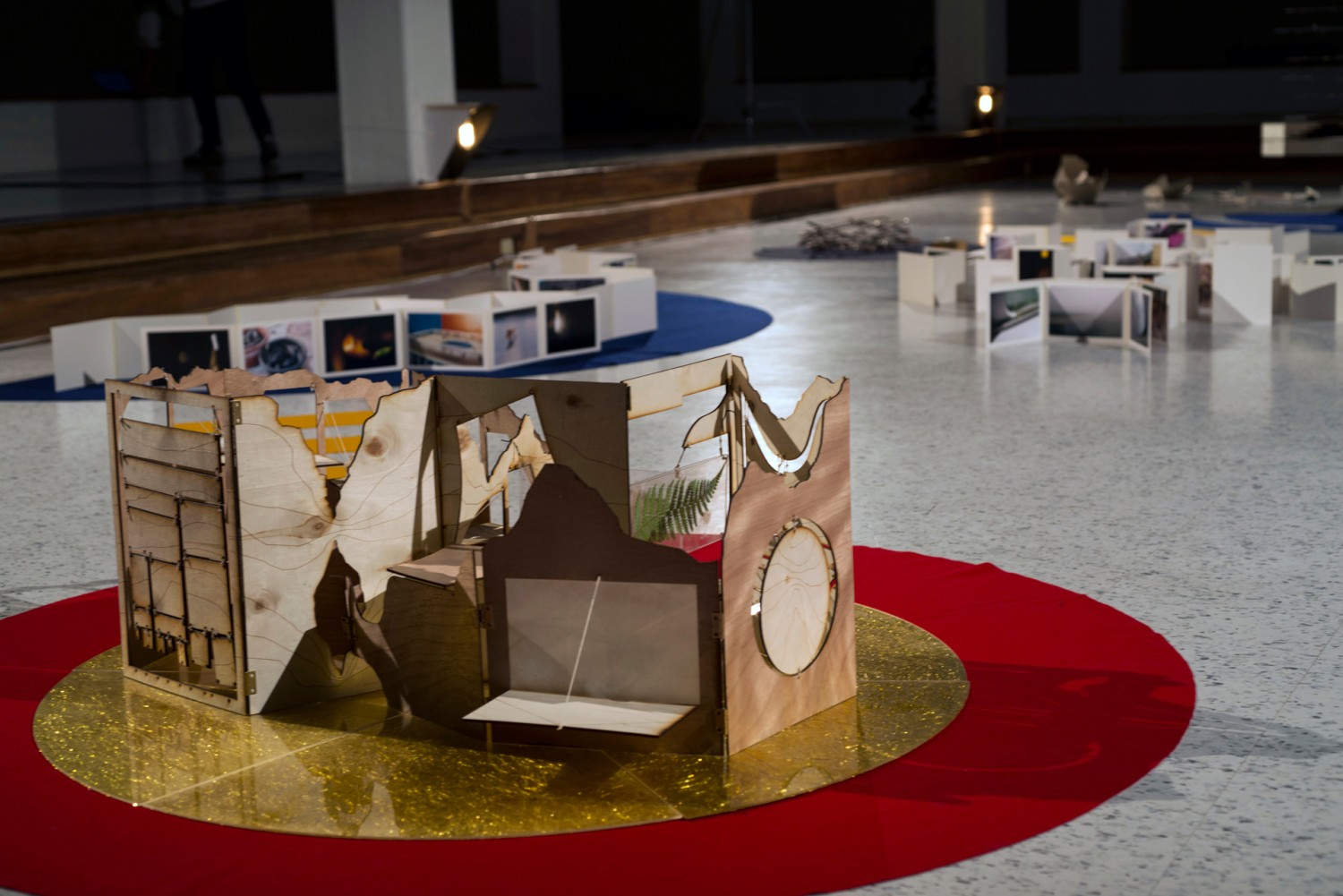
The deployment was organised around 6 revolutions. Each revolution was composed of 6
phases in which elements from the 6 cells were activated. In the end, 36 actions led to the
total deployment of the elements.
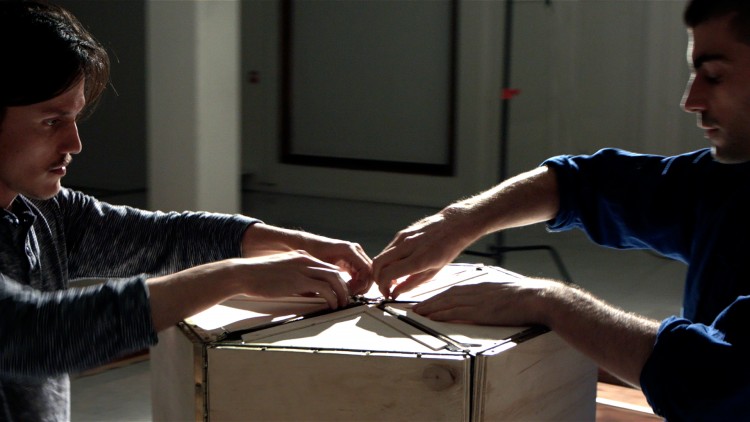
Opening of the prism
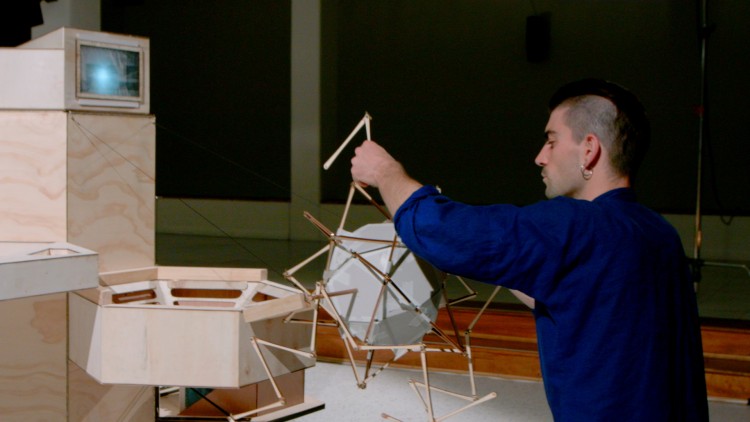
Installation of the tensile sphere
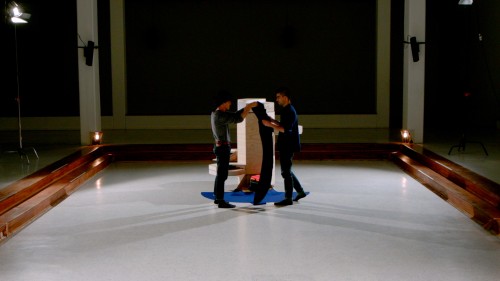
From bottom to top, the contents of the cells are as follows:
Cell #1: a series of colourful fabric shapes designed to create a playground on the ground on
which the other elements are arranged.
Cell #2: a mobile made of transparent plexiglass discs on which atmospheric paintings by
William Turner and reproductions of William Bentley’s ice crystals are printed.
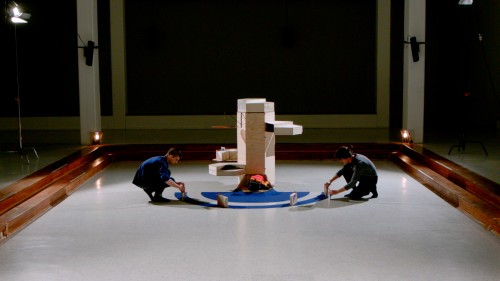
Cell #3: seven wooden crates containing photographic leporello. Once deployed on the
ground, they take the form of a visual labyrinth; a heterotopia of past and future moments.
Cell #4: a set of wooden pieces and tension cables for building the tensile sphere.

Cell #5: Maquette Europa - America. Designed a year before, after a
trip to the Amazon and Peru. It is inspired by the Inca terraces of the Sacred Valley near
Cuzco.
Cell #6: Projection space with 3 screens.
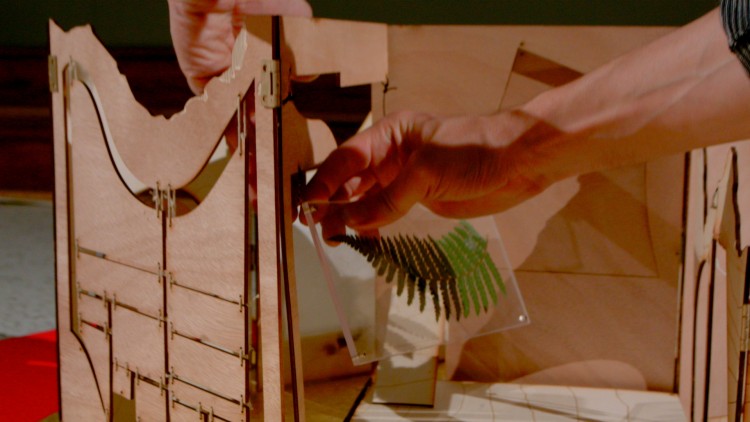
Positioning of the fern leaf
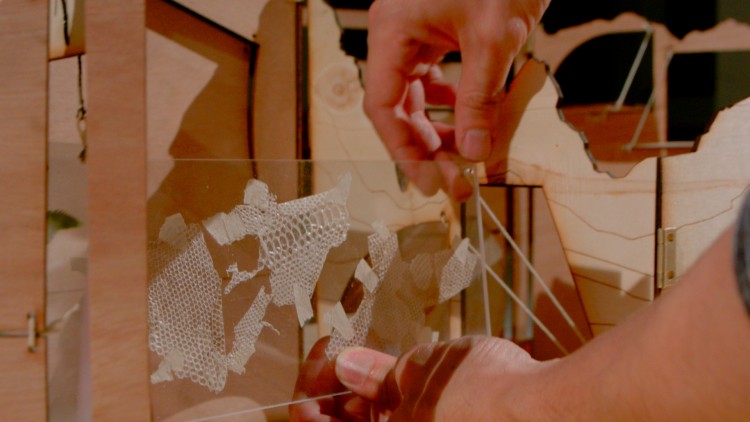
Positioning of the python skin
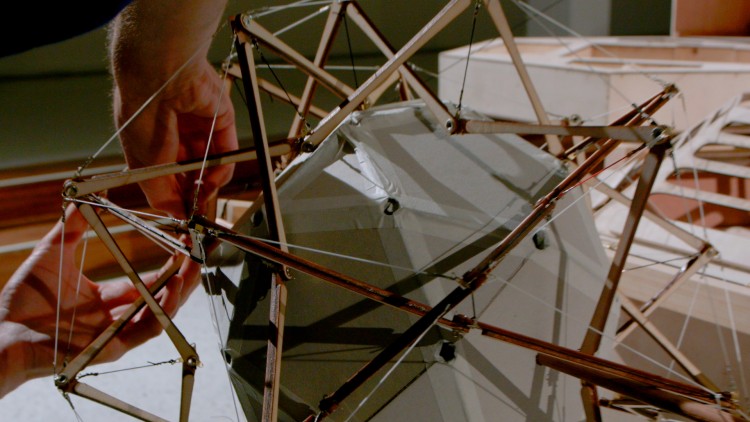
Installation of the tensile sphere
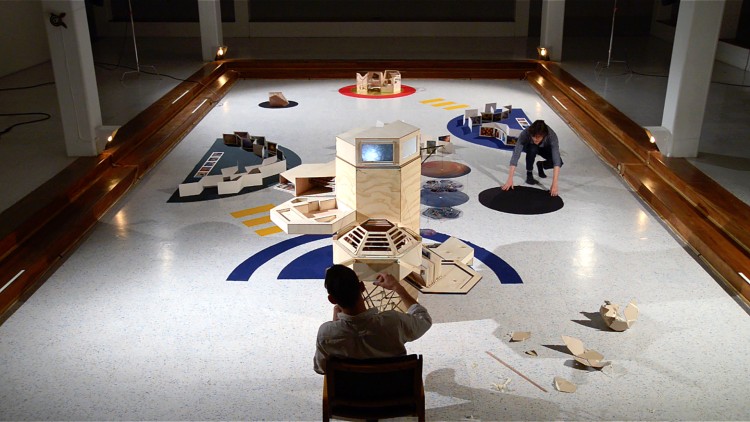
Final phases
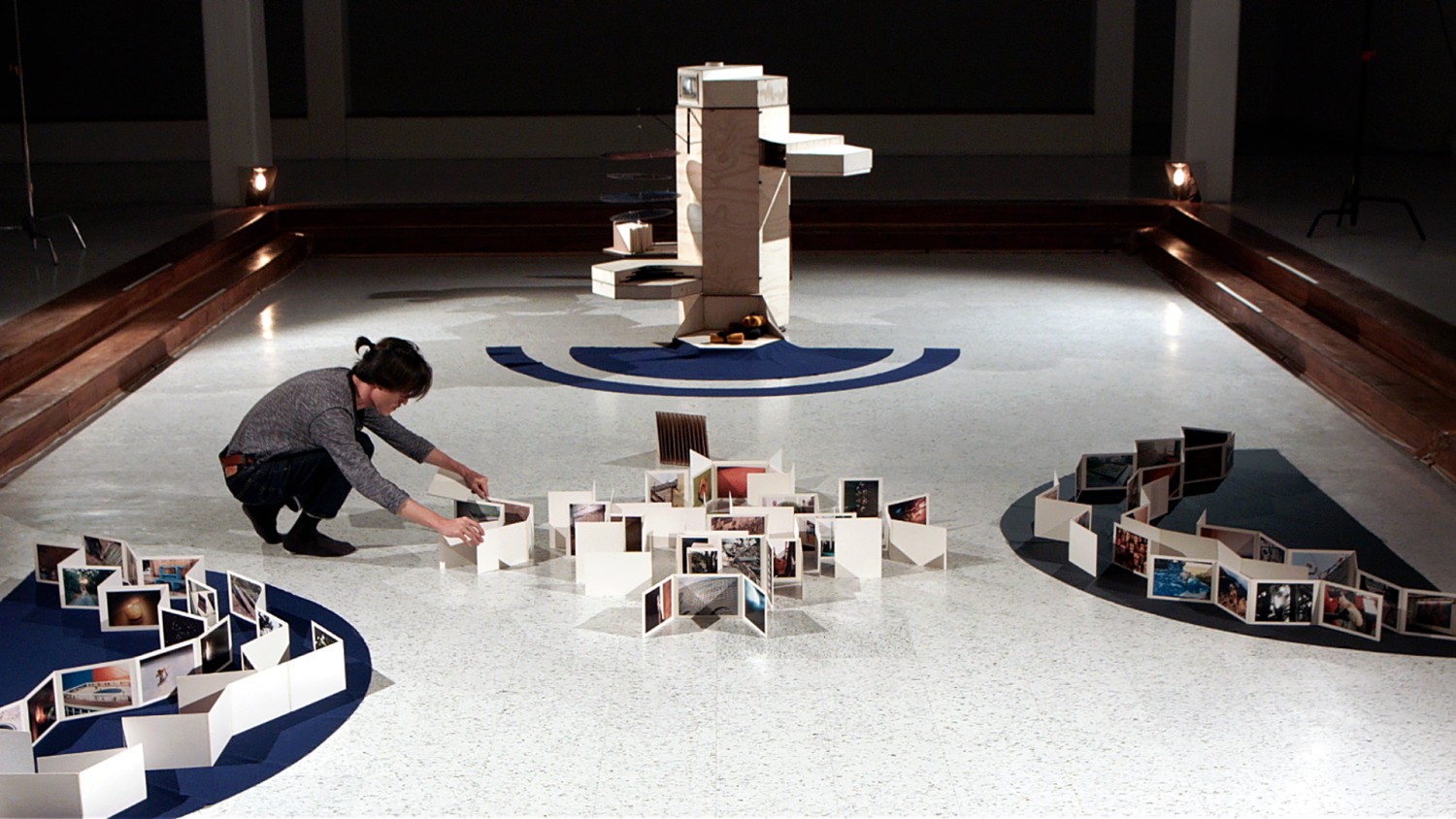
Construction of the labyrinth
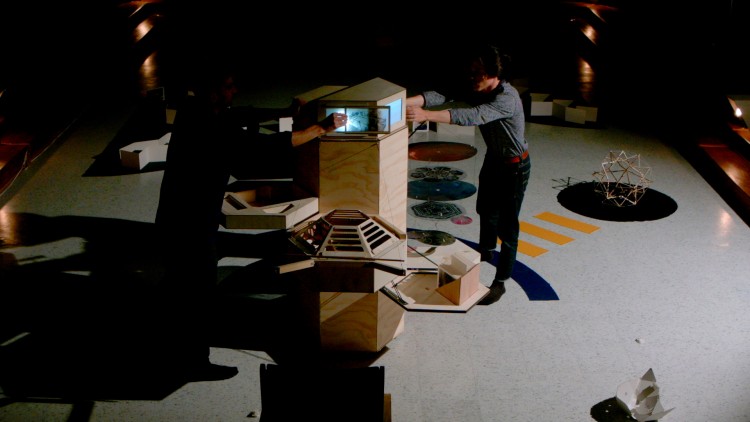
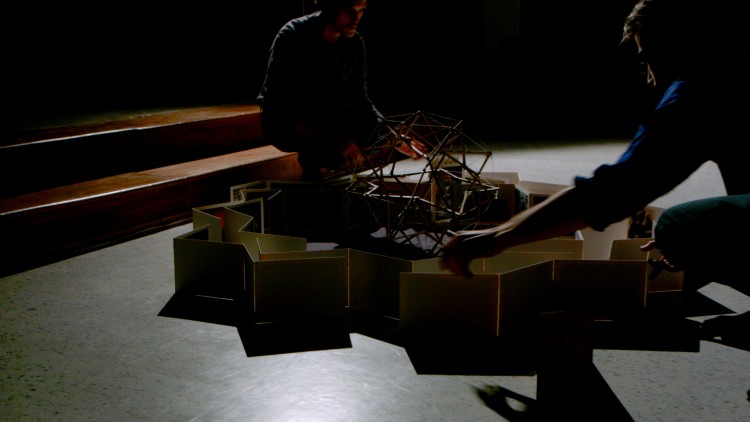
The final stages of deployment allowed for a gradual rise of shadows announcing the
collapse of the sphere and the arrival of honey.
